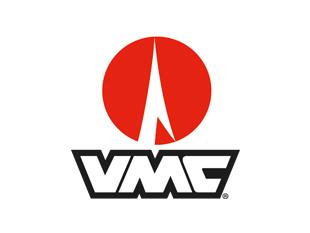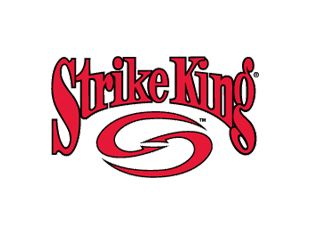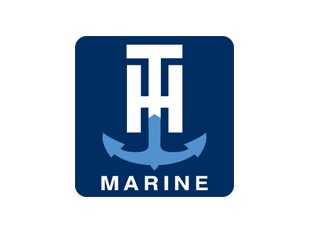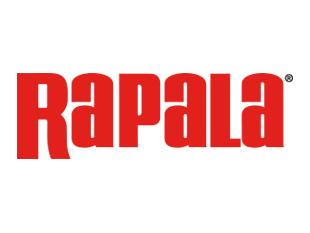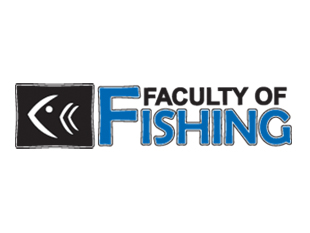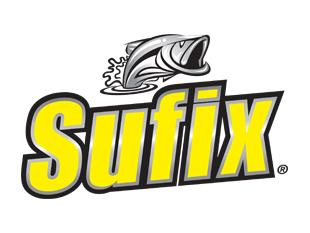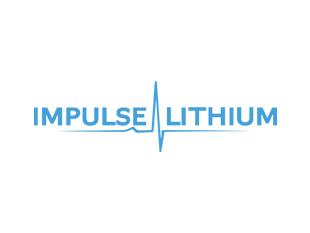 In the 1980’s uranium leases were filed on thousands of acres of land in Virginia. Two major veins of uranium were found in the Cole’s Hill, near Chatham, VA not far from the North Carolina border. Test indicated that about 60,000 tons of uranium is below the surface to approximately 800 feet. In 1983 the Virginia General Assembly, seeking to protect the public health and environment, banned uranium mining in Virginia.
In the 1980’s uranium leases were filed on thousands of acres of land in Virginia. Two major veins of uranium were found in the Cole’s Hill, near Chatham, VA not far from the North Carolina border. Test indicated that about 60,000 tons of uranium is below the surface to approximately 800 feet. In 1983 the Virginia General Assembly, seeking to protect the public health and environment, banned uranium mining in Virginia.
In 2008, the Virginia General Assembly chose once again not to fund another study but, the Virginia Commission on Coal and Energy decided to initiate a new study on uranium mining in Virginia. In 2009 a new study totally funded by Virginia Uranium, Inc. and holding company’s commenced. The National Research Council (NRC), an arm of the National Academy of Sciences (NAS) agreed to participate and review the study. The study is expected to be completed by December 2011 and presented to the Virginia legislators in an effort to get the ban on uranium mining lifted.

Location of Coles Hill Uranium Reserve in Virginia and Downstream Drinking Water Sources
What are some of the concerns? Uranium has never been mined, much less milled on the East Coast. Nothing east of the Mississippi River, the region’s wet climate and high populations make it too risky. Uranium mining in the United States has been confined to drier, less populated areas such as Utah, New Mexico, Wyoming and Nebraska. Our fear is that the Cole’s Hill project is just the first of deposits to be mined if the ban were lifted, as there are thousands of acres of land already leased that may be worth mining.
One ton of uranium ore produces 2 lbs of uranium oxide (yellowcake) and 1,998 lbs of uranium mill tailings. The Cole’s Hill Project is expected to generate over 28 million tons of uranium mill tailings, not including associated chemicals and wastewater. Mill tailings retain 85% of their original radioactivity for >>>300,000 years.
The proposed area to be mined, Cole’s Hill, is right next to Bannister River in Virginia, which flows into the Dan River and downstream to the entire Roanoke River Basin. This includes Kerr Lake, Lake Gaston, Roanoke Rapids Lake and the Roanoke River to the coastal plains and Atlantic Ocean. The amount of fish, animals, birds and ecosystems involved in this issue is too vast to imagine. Downstream of Cole’s Hill proposed mine some 1.2 million water users could be affected.
The City of Virginia Beach, who gets a portion of their drinking water out of Lake Gaston, funded a Uranium Mining Impact Study. The study was to assume a storm-based catastrophe at a uranium mine/mill located in the Roanoke River Basin, which results in a significant release of mill tailings downstream. In Virginia, we’ve experienced 2 PMP (Probable Maximum Precipitation) storms in the last 50 years and many more high precipitation storms. An example is in 1969 Nelson County had 27 -31 inches of rain in an 8 hours period (Hurricane Camille), in June 1995 Madison County experienced 30 inches of rain in 14 hours. Phase 1 of the study completed, over 200 scenarios were studied with the same conclusions, in the event of a mill tailing confinement cell failure, the tailings will be washed downstream. Radiation levels in Kerr Lake would rise 10-20 times above the Safe Drinking Water Act levels. It could take 2 months to 2 years depending on normal or drought conditions just to flush the dissolved contaminants downstream. Dan River and Kerr Lake would be a significant trap for particulate contaminants.
As fisherman, protecting the water quality, the environment and conservation are paramount to our future. We cannot take the chance that any issue or problems associated with uranium mining should harm the Roanoke River Basin. Uranium radiation contamination or any radiation contamination of the byproducts associated with uranium mining and milling is not something we can just clean up. The issues and problems will be with us forever.
Vernon D. Wilson
VA Bass Federation – Conservation Director







